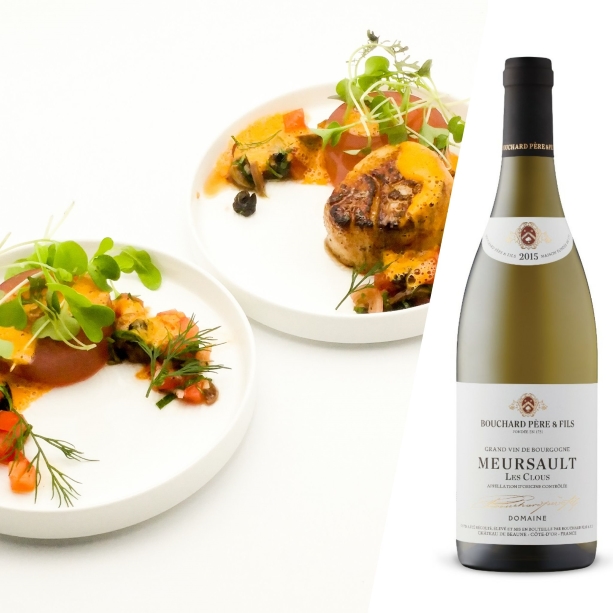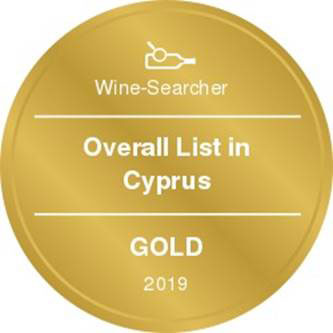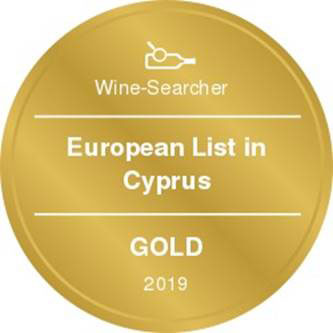Matching Food & Wine

March 10,2015
By the President of the Cyprus Sommeliers Association George Kassianos
When pairing food and wine, the goal is combination and balance. The wine shouldn’t overpower the food,
nor the food overpower the wine. Think of wine as if it was a seasoning – it should complement the food.
Wine drunk by itself tastes different than it does with food, because the wine acts on food similarly to the way
a spice does. Acids, tannins and sugars in the wine interact with the food to provide different taste sensations.
Wine can enhance the flavour of food. A good match will bring out the nuances and enhance the flavours and
unique characteristics of both food and the wine.
Memorable food and wine pairing is achieved when you find similarities and/or contrasts of flavour, body
(texture), intensity and taste.
Above all don’t try for what you think is the perfect food and wine pairing. The best combination of all is good
food, good wine and good company.
Some general guidelines:
1. It’s customary to serve lighter wines before full-bodied ones.
2. Dry wines should be served before sweet wines unless a sweet flavoured dish is served early in the meal.
3. Low alcohol wines should be served before higher alcohol wines.
4. Balance flavour and intensity. Pair light bodied wines with lighter food and fuller bodied wines with heartier,
more flavourful, richer and fattier dishes.
5. Consider how food is prepared. Delicately flavoured foods – poached or steamed – pair best with delicate
wines. It’s easier to pair wines with more flavourfully prepared food like braised, grilled, roasted or sautéed
dishes. Pair the wine with the sauce, seasoning or dominant flavour of the dish.
6. Match flavours – earthy wines with mushroom sauce for example – and balance sweetness.
7. Consider pairing opposites. Very hot or spicy foods often work best with sweet dessert wines.
8. Match geographic location. Regional foods and wines, having developed together over time often have a
natural affinity to each other.
This entry was posted in News on 21/03/2015.
When pairing food and wine, the goal is combination and balance. The wine shouldn’t overpower the food,
nor the food overpower the wine. Think of wine as if it was a seasoning – it should complement the food.
Wine drunk by itself tastes different than it does with food, because the wine acts on food similarly to the way
a spice does. Acids, tannins and sugars in the wine interact with the food to provide different taste sensations.
Wine can enhance the flavour of food. A good match will bring out the nuances and enhance the flavours and
unique characteristics of both food and the wine.
Memorable food and wine pairing is achieved when you find similarities and/or contrasts of flavour, body
(texture), intensity and taste.
Above all don’t try for what you think is the perfect food and wine pairing. The best combination of all is good
food, good wine and good company.
Some general guidelines:
1. It’s customary to serve lighter wines before full-bodied ones.
2. Dry wines should be served before sweet wines unless a sweet flavoured dish is served early in the meal.
3. Low alcohol wines should be served before higher alcohol wines.
4. Balance flavour and intensity. Pair light bodied wines with lighter food and fuller bodied wines with heartier,
more flavourful, richer and fattier dishes.
5. Consider how food is prepared. Delicately flavoured foods – poached or steamed – pair best with delicate
wines. It’s easier to pair wines with more flavourfully prepared food like braised, grilled, roasted or sautéed
dishes. Pair the wine with the sauce, seasoning or dominant flavour of the dish.
6. Match flavours – earthy wines with mushroom sauce for example – and balance sweetness.
7. Consider pairing opposites. Very hot or spicy foods often work best with sweet dessert wines.
8. Match geographic location. Regional foods and wines, having developed together over time often have a
natural affinity to each other.
This entry was posted in News on 21/03/2015.
 +357 25 76 06 08
+357 25 76 06 08













